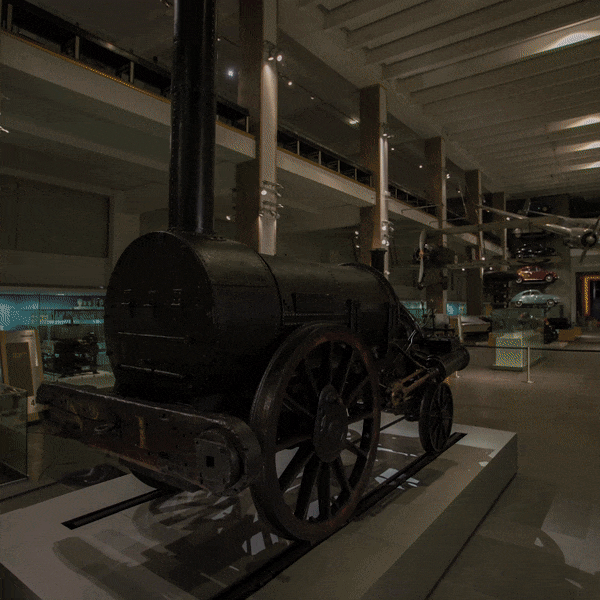The Science Museum Group is delighted to announce that it will be lending Robert Stephenson’s Rocket, one of Britain’s most famous feats of engineering, to the Great Exhibition of the North 2018.
July 2018 Update: Rocket will also return to the Liverpool Road station it served 180 years ago when it goes on display at the Museum of Science and Industry in Manchester from September 2018 to April 2019. Later in 2019, Rocket will go on long term display at the National Railway Museum in York.
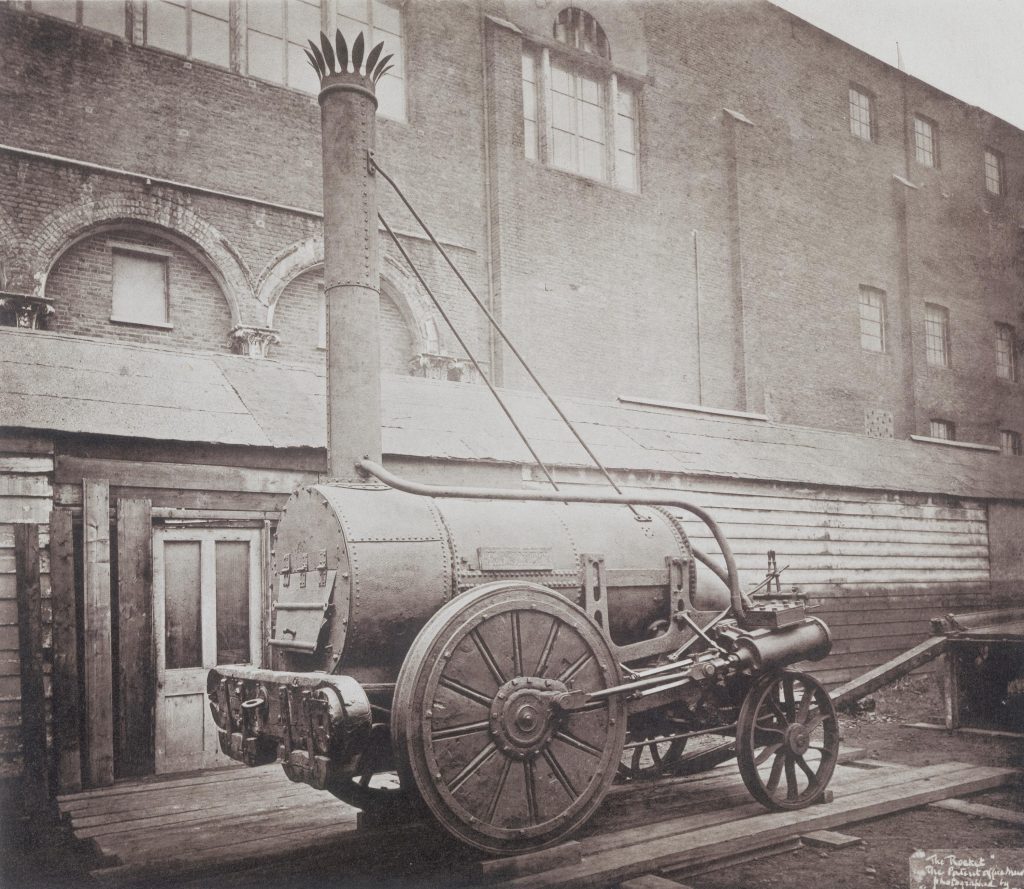
Manufactured in 1829 by Robert Stephenson and Company at Newcastle’s Forth Street Works, close to today’s Newcastle Central railway station, Rocket won the famous Rainhill Trials the same year to become the fastest locomotive ever built up to that point.
The Rainhill Trails were a major public competition held in October 1829 by the Liverpool and Manchester Railway, the world’s first main-line railway, to find a new, more efficient form of locomotion.
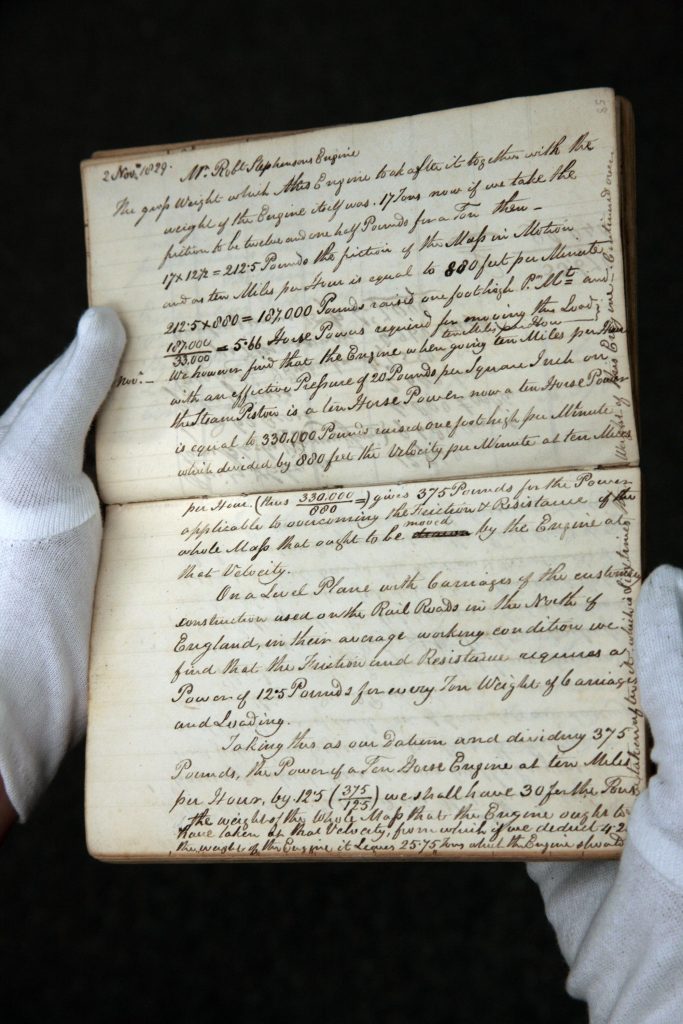
When Rocket’s turn came it completed the trials at an average speed of 15 miles per hour. It later made celebratory runs in front of the crowds at Rainhill that set a world speed record of 35 miles per hour, three times Rocket’s design speed.
In his attempt to win the prize of £500 (worth approximately £50,000 today) the 25-year-old Robert Stephenson combined several innovations with his new locomotive Rocket to improve efficiency and performance. As Rocket was built as a prototype, the production models made soon after were more refined. But Rocket had already secured its place in history: the basic design was ground-breaking and paved the way for subsequent main-line steam locomotive design.
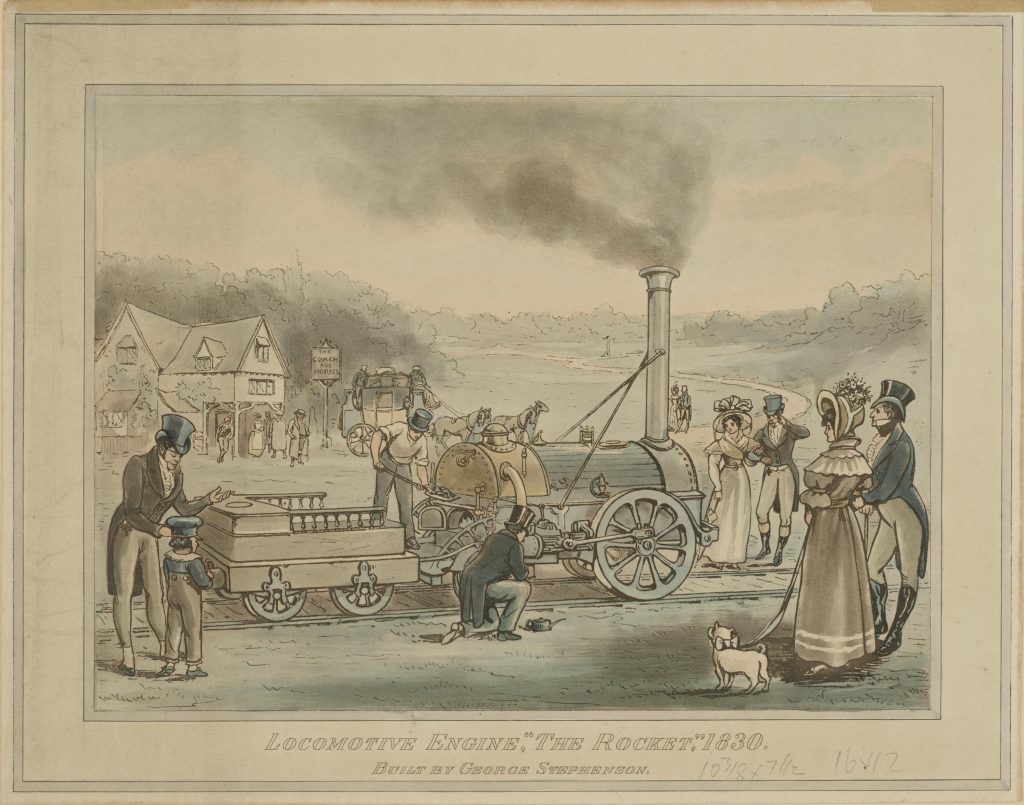
Since its donation to the Patent Office Museum in 1862 and its subsequent transfer to the Science Museum, Rocket has been heralded as an iconic object and a potent symbol of Britain’s industrial heritage.
The significant role Rocket plays in telling the story of British industrial innovation can be seen in its inclusion in the major 1998 Science Museum touring exhibition to Japan, ‘Treasures of the Science Museum’, part of the Festival ’98 British cultural event.
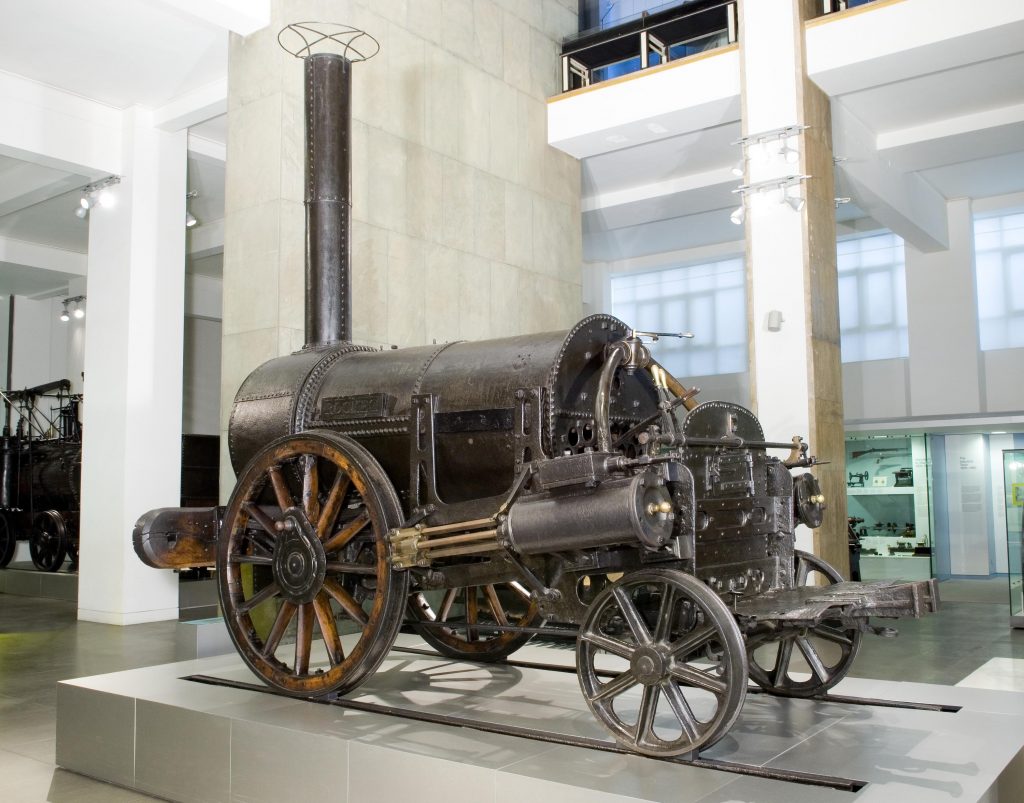
On its return to Britain, Rocket was taken straight from Heathrow Airport to the National Railway Museum, York, where it was on display throughout 1999.
Early in 2000 Rocket was brought back to South Kensington for display in the Science Museum’s landmark Making the Modern World gallery. A working replica is held by the National Railway Museum.
Now, as Newcastle and Gateshead celebrate one year to go until the official launch of the Great Exhibition of the North 2018, the Science Museum Group is making plans to transport this historic locomotive to the city in which it was built for the first time since 1862, allowing people across the country to admire this incredible feat of engineering and design.
